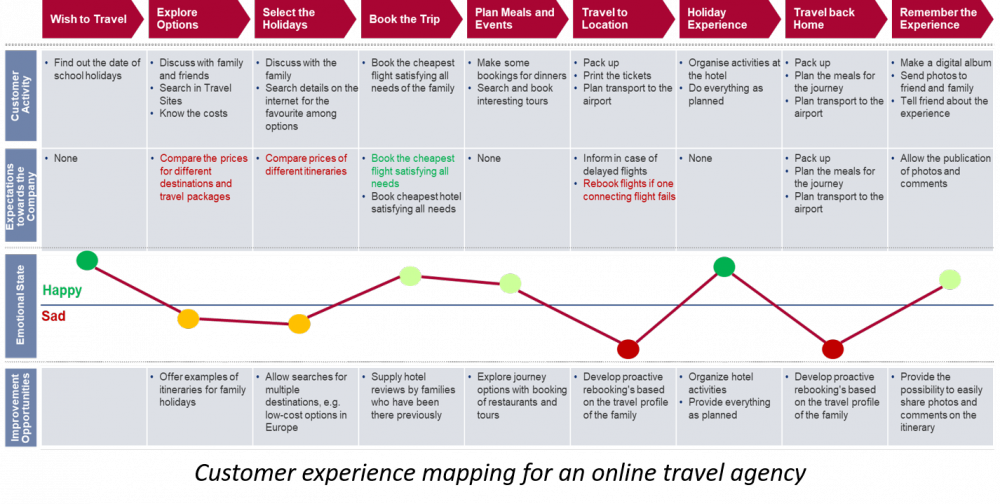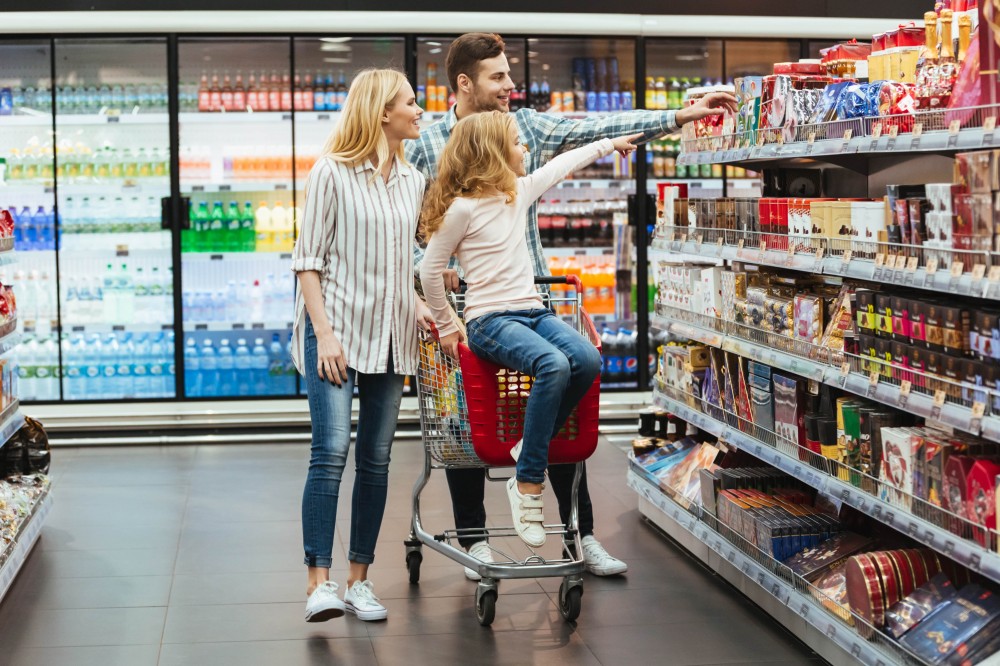Grocery retail is not straightforward business. Low margins, high-fixed costs, and product handling are some of today’s most challenging areas. For several decades, effort has focused on keeping businesses up and running with almost no investment in improving customer experience. The shops kept growing in size and became more disperse but operated under the same system: the customer enters the shop, chooses the products, waits for payment and leaves with their products.
With the increase of players in the market, the rise of discounters, technological developments and the e-commerce boom, consumers are looking for something extra. As the online market is expected to triple over the next decade, this is not to say that physical supermarkets have run their course, but rather that consumer expectations have evolved. Increased market competitiveness makes it more difficult to ensure customer retention and loyalty, forcing retailers to rethink their operations and value proposition to ensure that they are the number one choice for consumers.
In an era where access to information, as well as goods and services, is just a click away, companies must differentiate themselves beyond consumer expectation. For grocery retail, only 15% of consumers claim to have enjoyed their shopping experience. To transform this emotion, retailers must add value to the customer journey, which involves improved convenience, the elimination of common constraints, or retailers may even look to offer innovation via new products, services, or experiences.
The Retailtainment concept, presented by George Ritzer in “Enchanting a Disenchanted World: Revolutionizing the Means of Consumption”, is used to describe the role of entertainment through environment, emotion, sound, and movement to boost brand interest. Through in-store experience it is possible to create a close relationship between brands and consumers, developing a loyalty that turns consumers into true ambassadors. The creation of these relationships is made difficult when the interaction with the customer only happens through a screen. For this reason, brands that once operated only online are now investing in physical spaces that encourage the development of these face-to-face and unique experiences.
There is more than meets the eye
The shops move from transactional to places of discovery, where consumers can experience new products and perceptions. A survey conducted on retail customer behaviour revealed that 60% expect shops to provide social moments with family and friends. Examples include new product demonstrations, supermarket cooking classes, social spaces that promote brand interaction or recipe menus.
In California, Raley’s supermarket chain has opened a flagship store that includes a restaurant area, a wine tasting room, a sushi bar, and an outdoor leisure area. Customers visit the shop not only because of its products, but also because of the complete experience that the chain offers. Meanwhile, at Whole Foods in Lincoln Park, Chicago, customers can enjoy a sunset glass of wine, meet a friend for lunch or attend a cooking class for children and family. A customer who has participated in a wine tasting will tend to buy a few bottles to take home, and the family who attended the cooking class will buy the products to test the recipes at home. Thus, it is estimated that consumers with strong brand relationships will spend 2.6 times more than the mainstream consumer.
Interaction between the different retail channels and platforms is also part of an exceptional experience. The possibility of creating an optimal route through the shop, based on the shopping list created through the retailer’s app is an example of how customisation is possible, even when buying in bulk. Resorting to the customer profile and in-store georeferencing, it is also possible to suggest new products or recall previously purchased products as the customer moves through the aisles.
Online shopping benefits from more detail in the information available about each product and the possibility to easily compare a variety of products in a short period of time. Synergies between the online and the physical could offer consumers the opportunity to acquire the same information, in real time, while visiting the shop, for example by scanning the physical products. This way, customers could make a more informed and confident purchase.
Psychologically we know that final moments can leave a lasting impression and that’s also true of the check-out experience. The check-out should therefore be as quick, fast, and simple as possible. Technologies for self-service check-outs are now ubiquitous; however, the experience varies and remains imperfect, often requiring the use of an employee to assist most transactions. Amazon Go stores have revolutionised this situation by eliminating it: the customer leaves the shop without any physical operation being necessary, as payment is processed automatically through in-store sensors and mobile connectivity. This model frees up check-out employees, who represent about 30% of store resource, to dedicate themselves to personalised and experiential services.
The Transformation Process
The adoption of Retailtainment presents more than the operational challenge of coordinating and developing the different experiences. It requires a customer’s knowledge, of what really captures their attention and of what makes them choose one brand over the other. To do this, it is necessary to study the customer’s experience.
The first step is mapping the customer journey, where we discover how the customer sees the brand and how he/she reacts to different situations. For this exercise it is necessary to select a customer profile and a process to analyse, collect real data about the different moments of the journey and arrange the information in a visual way, as shown in picture 1, regarding a travel agency. In this mapping it is possible to identify the customer’s pain points, and design solutions to improve their experience. In grocery retail, considering that the purchase frequency is high, it is possible to test and improve solutions with the customer, in a fast and agile manner.

In parallel with the implementation of the new vision for the improved customer experience, it is necessary to work with the teams to ensure that interactions with the customer match their needs and expectations, reducing negative feelings and increasing positive feelings towards the brand. The sales support teams must be able to master the three moments of interaction: 1) identify the customer’s condition and create rapport; 2) determine and meet needs and expectations; 3) ensure satisfaction and fulfilment. Only by standardising the behaviour between teams, geographies and channels will it be possible to provide the customer with a satisfactory and cross-cutting experience, regardless of the contact point.
For retailers with different locations and shop formats, the process should begin with a pilot shop selection for each segment, where the solutions are tested, improved, and validated. Only after this does validation begin with the deployment to the remaining shops, already with the standardised and consolidated solutions.
The food retail industry has grown year on year. The digital transformation was only the beginning of a significant change that is expected to take place over the next decade in this sector. Retailers are competing for innovative solutions that will create truly differentiating experiences for a competitive edge. The first in this race will be those who can truly understand the consumer and meet their expectations in an agile manner.
#retail
See more on Retail
Find out more about transformation in this sector
